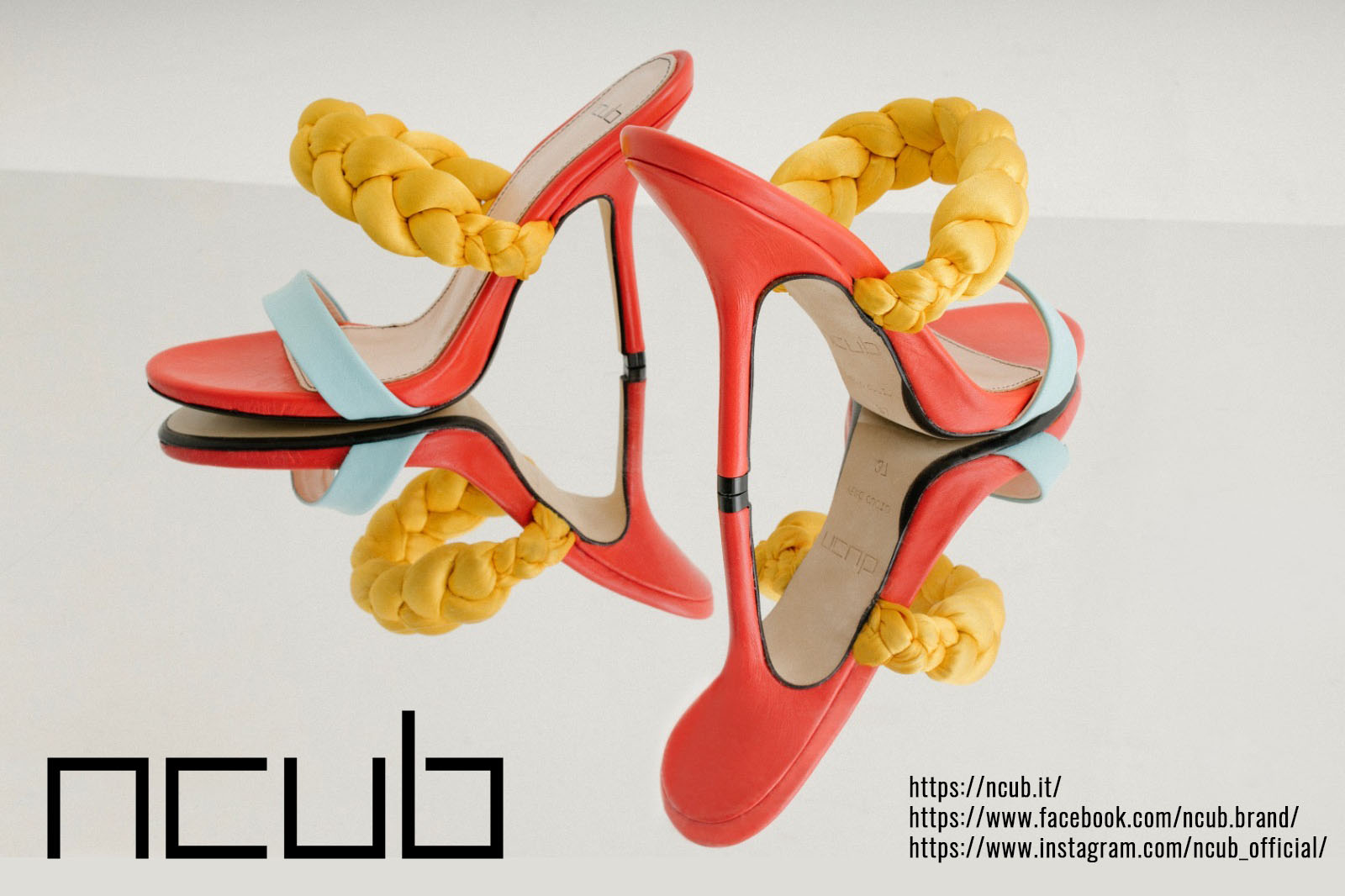Dal quotidiano ” THE WASHINGTON POST”: Once a union foe, Los Angeles is heart of hot labor summer
Share
Despite its history of hostility, city faces uptick in picket lines and strikes
BY REIS THEBAULT
LOS ANGELES — The City of Angels has become a city of pickets.
As Hollywood writers breezed past the 100th day of their strike this month, some 11,000 city employees walked off their jobs and picked up placards, demanding better pay. This year alone, public school teachers, hotel employees, health-care workers and actors have also called work stoppages across Los Angeles, shutting down some of the city’s largest institutions and most important industries.
If this is a hot labor summer, nowhere is hotter than L.A.
The reasons for this are old and new. In a city that holds itself up as a land of dreams and opportunity, more than 600,000 people live in poverty. The cost of housing is crushing, and it has risen far faster than workers’ wages. At the same time, Los Angeles is home to some of the most opulent neighborhoods in the world.
This economic chasm has grown wider at a time when many in the workforce are still recovering from pandemic-induced burnout and are increasingly turning to labor unions to fight back. Experts say the recent uptick in labor activity is the latest example of the movement’s growing momentum in Los Angeles, which has transformed the city from a place of hostility toward unions to the nation’s current strike capital.
“Folks are just fed up, because they can’t catch up,” said María Elena Durazo, a California state senator and former head of the Los Angeles County Federation of Labor, an umbrella group representing hundreds of thousands of union workers. “We let the wealth gap grow and grow. Now the crisis has just snowballed to the point where, how do you stop it? One way is to go on strike.”
The unrest has not been confined to the Golden State — July was one of the busiest months for strikes in decades — and public support for unions has grown nationwide. But the acute challenges workers face in California, along with solidarity that has spanned class and sector divides, has made it especially fertile ground. Of the 226 strikes started in the United States this year, about 1 in 4 has taken place in California, with most occurring in and around Los Angeles, according to a Cornell University tracker.
“It’s a new generation. We were not seeing this in the ’80s. We were not seeing this in the ’90s. But we are seeing it now, and it appears to be growing,” said Roxane Marquez, with SEIU Local 721, the union representing municipal workers.
“We’re seeing people say, ‘We’ve had enough,’” she said. “And look, they’re doing it and we should do it, too. It’s sort of contagious.”
From downtown to Los Angeles International Airport, city workers marched in picket lines this month, repeating a chant that their labor union forebears would not have considered: “On strike, shut it down, L.A. is a union town.” But it wasn’t always. For much of its early history, the Los Angeles business and political class treated unions like a public enemy. The attitude was an extension of the city’s deeply conservative environment, which stood in stark contrast to San Francisco, a more laborfriendly city with a longer tradition of active unions.
In L.A., one of the most vocal crusaders was Harrison Gray Otis, the publisher of the Los Angeles Times from the late 1800s into the 20th century, and he regularly used the pages of his newspaper to rail against the burgeoning labor movement.
A 1910 strike among Los Angeles iron workers, who were fighting for better wages and working conditions like their peers in the north, inspired fierce backlash. Cheered on by Otis and the Times, L.A. leaders passed a law banning picketing and the city became a national symbol of anti-union sentiment.
This attracted the attention of the most radical wing of the labor movement and set the stage for the October 1910 bombing of the Los Angeles Times building, which killed 21 people and resulted in the convictions of union activists James and John McNamara, who after a legal saga pleaded guilty to planting the dynamite.
The case torpedoed the campaign of socialist mayoral candidate Job Harriman and set the labor movement in Los Angeles back by decades. In the years that followed, conflict between union members and the city’s aggressive police force was common and labor remained largely ineffective.
A turning point came in the 1980s and ’90s, with the ascendance of a new generation of labor leaders, who prioritized organizing the increasingly Latino workforce of a city that was growing more diverse each year. Durazo and her late husband, Miguel Contreras, led the push, taking on a White male power structure that was uninterested in aligning with immigrant workers, said Kent Wong, director of the Labor Center at the University of California at Los Angeles.
“Those major organizing breakthroughs changed the whole dynamic and tenor of the labor movement,” Wong said.
At the time, Contreras led the county labor federation and Durazo headed the hotel workers union. One of the first signs of the changing tide came during a 1990 march in the Justice for Janitors campaign, a countrywide effort with roots in Los Angeles that sought to unionize more custodial workers.
The 1990 demonstration, which unfolded in Century City, erupted in violence when police officers beat and detained dozens of marchers. The brutal scene drew attention and support for the workers’ cause, and janitors soon began joining unions at a much higher clip.
Durazo, who succeeded Contreras after his death, said overcoming the racism of old guard union leaders was “quite a struggle,” but the couple and their allies found a practical argument.
“The labor movement could not afford to continue to ignore the immigrants in L.A.,” she said. “It was a matter of everyone’s survival.”
Durazo and other organizers continued to spar with labor opponents at the local and state level, especially former California Gov. Pete Wilson, a Republican who championed policies like Proposition 187, a 1994 ballot initiative to deny social services to undocumented immigrants, and other measures that sought to chip away at union power.
Another key moment came in 2008, when the contracts of some 30 unions representing 350,000 workers across Los Angeles County were set to expire. This perfect storm of timing inspired a massive 28-mile march dubbed Hollywood to the Docks, which ended at the Port of Los Angeles and brought together actors and longshoremen, hotel workers and security guards.
“That environment was really important,” Durazo said. “It was the first time in our memory that kind of solidarity had come together.”
Lately, she said, she’s been getting flashbacks of ’08.
This year, labor activity in Los Angeles began heating up in March, when the union representing support staff at Los Angeles Unified School District launched a multiday strike that shut down the nation’s second largest school district. In a show of support, the union representing public school teachers honored the action and asked its members to participate. The support staff group eventually won significant wage increases.
Since then, hotel employees have been holding coordinated rolling strikes across the city for weeks at a time, while Hollywood writers and actors are in the midst of their first double strike in more than half a century.
Groups representing the hotel and entertainment industries in negotiations have accused the unions of rejecting fair proposals and forcing strikes during a turbulent time for the economy, with media organizations and hospitality interests changing rapidly and still recovering from the pandemic.
“For the moment at least, L.A. is the nation’s strike capital,” said Steven J. Ross, a University of Southern California historian and expert on Hollywood labor issues.
Unlike strikes of the past, this one is “existential,” he said, because the disagreements center on issues like the role of artificial intelligence and automation, sticking points that resonate across industries.
“Many workers understand that one day they could be replaced by artificial intelligence or a new generation of robots that could do their jobs at significantly less money,” Ross said. “So the L.A. strikes represent both the present and future nature of the labor-capital conflict.”
While much of the spotlight has been on the higher-profile strikes, other examples of protest and organization can be found all over Los Angeles, from Dodger Stadium to the docks and sprawling Amazon warehouses to small Cinnabon shops.
Observers and activists draw a direct line from protest movements of the past to the increased activity by labor today.
“In Los Angeles, there have been a lot of social movements that have centered here,” said Kathleen Yasuda, the director of Los Angeles Trade Technical College’s Labor Center, citing Black Lives Matter and the pro-immigration rallies during the Trump administration. “We’ve been more used to fighting back, and fighting back in solidarity with each other.”
Once treated as pariahs in the city, labor activists now hold government leadership positions.
One of the most recently elected is Hugo Soto-Martinez, a council member representing eastern parts of Los Angeles who took office late last year. SotoMartinez, who grew up in L.A. and worked as an organizer for the Unite Here union, recalls feeling lonely during earlier demonstrations.
“I remember being on the picket line and people would throw bottles at you, they would laugh at you,” he said. “I remember thinking, ‘Ugh, nobody cares.’ But now, it’s very different. It’s no longer a fringe movement — it’s very mainstream.”
A few years back, Soto-Martinez began getting texts on Labor Day: “Thank you for your work,” they read, like messages to veterans on Memorial Day.
“Something has shifted in people’s minds,” he said.
Still, challenges remain. Los Angeles and California have been controlled by Democrats for years, a political shift propelled by the widespread electoral mobilization of union members. But by most measures, economic and racial inequality has only grown since the pandemic.
Political battles in the state now have an intraparty element, UCLA’s Wong said. Newly elected left-wing politicians are increasingly butting heads with more centrist Democrats who have attracted business backing. And public sector labor unions have found themselves jousting with politicians they helped elect.
In Los Angeles, Mayor Karen Bass (D) has confronted that awkward dynamic, as when the union representing city workers held its one-day strike and accused the local government’s negotiators of dealing in bad faith. Bass, a longtime labor ally who decades ago was recruited to run for office by union leader Contreras, denied the allegations and said the city was willing to work toward a deal.
With major, labor-intensive events like the Olympics and the World Cup slated to take place in Los Angeles in coming years, experts predict organizing will only escalate.
“There is still an extraordinary concentration of wealth here,” Wong said. “On the other hand, you have stark economic inequality. This is a huge challenge, and many people are gravitating toward unions and collective action because they are realizing they can’t rely on politicians to save the day.”












